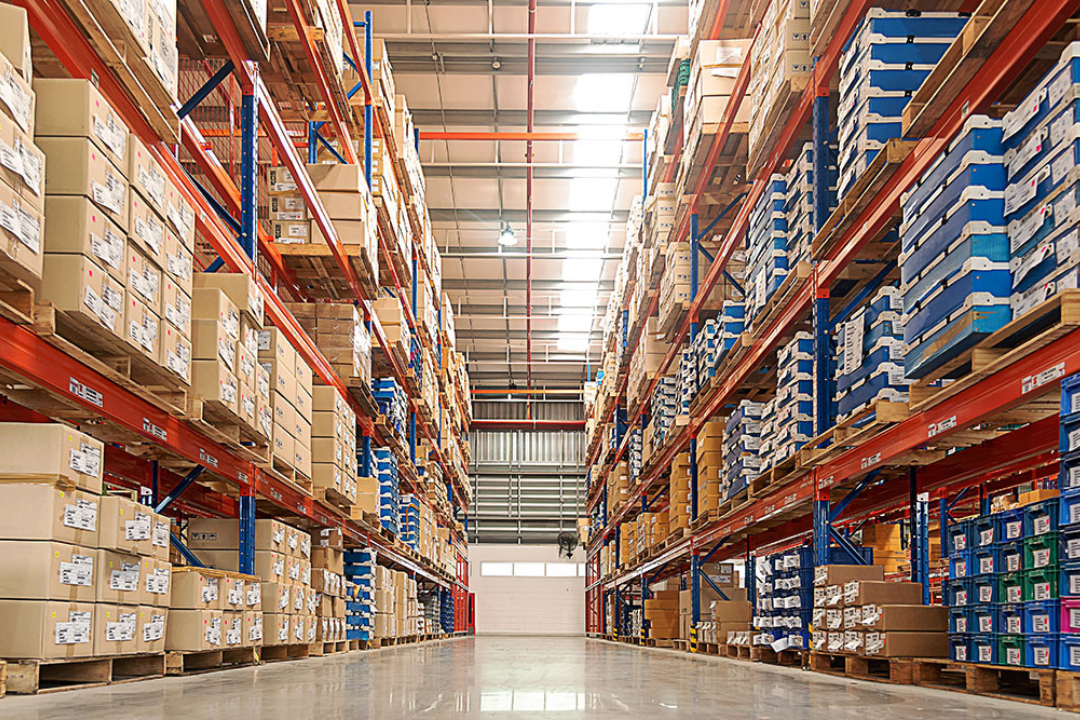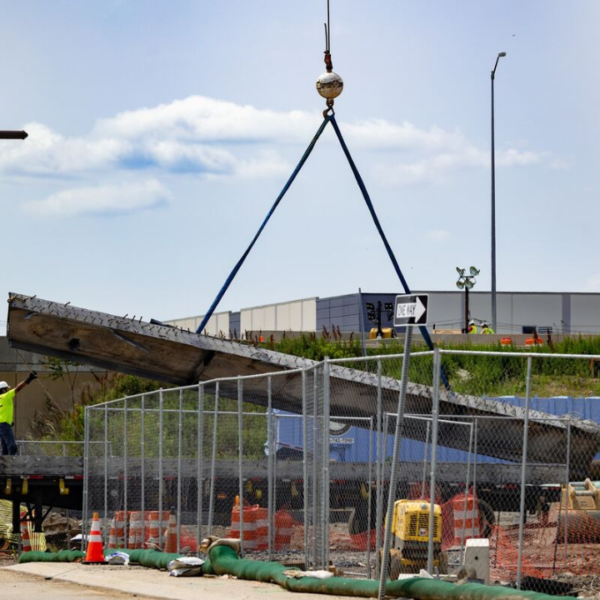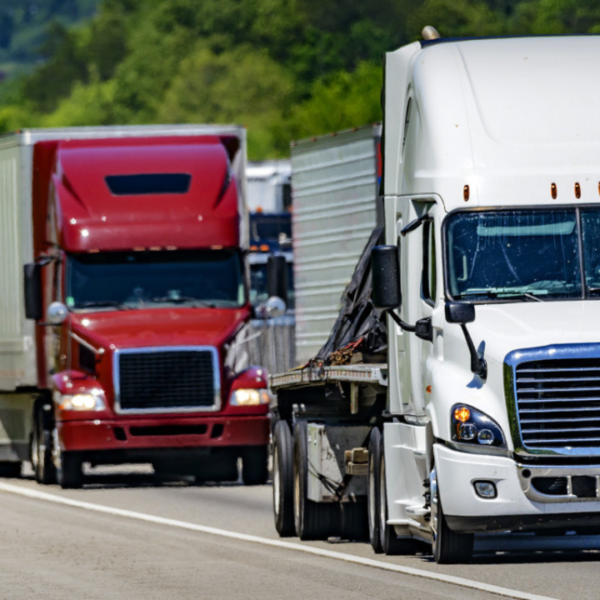Public vs. Private Warehouse: The Ultimate Comparison
When it comes to searching for stockrooms, there are two major options. One is a public warehouse and the other is a private warehouse.
So, you might be thinking of what are the major differences between the two. The main difference is the ownership and control of the storage facilities. What is more important is the set of pros and cons both types of storage spaces offer to your business.
The History of Public Warehouse and a Private Warehouse
Dating back to the 19th century, these stockrooms were most commonly used for railroads and telegraphs, due to faster and wider distribution of goods.
Public warehouses received a major update in 1979’s when Public Warehousing Co. (PWC) offered a solution for businesses that needed flexible and cost-effective storage space. Especially, without investing in their warehouses.
Since then, public warehousing is a common practice in many industries, especially e-commerce, retail, and manufacturing. Private Warehouse was traced back to the Middle Ages and initially by some merchants across Europe. These merchants kept goods in their large household storerooms or cellars.
They made their way into businesses to have more control over their inventory and shipping operations, as well as to avoid paying rent or fees to a third-party provider.
Owned and Operated by
Public warehouses are run by third-party logistics companies that provide storage, picking, packing, labeling, and delivery services to enterprises.
The safekeeping of commodities in transit is made possible by these warehouses, making international commerce possible.
Proprietary storage spaces refer to private warehouses that are owned and operated by distributors, manufacturers, and wholesalers. Costs associated with building, managing, and maintaining a private warehouse may be rather high upfront.
Investment and Maintenance Cost
Private warehousing is more expensive than public warehousing because it has higher start-up costs. These costs include things like buying tools, paying for upkeep, and making changes.
Depending on multiple things. Private stores have different investment and maintenance costs, depending upon:
- Their size
- Location
- Design
- Building
- Equipment
- Technology
- Security systems
- Labor, energy
- Utility prices
- Insurance
- Taxes
- Depreciation
Large companies that want to make more money and take advantage of economies of scale could rent private locker space. If demand drops or goes to a different area, companies may lose money or miss out on other opportunities.
These investments also have a higher chance of becoming obsolete or not being used to their full potential. For private stores to be used and run efficiently, careful planning and forecasts are needed.
Flexible & Customizable
Businesses have more choices for warehousing and sending their goods when they use a public warehouse, all from one handy place. As a result, planning logistics and running other operations becomes a cakewalk.
Large companies gain more from private stores because they can better control the costs of warehousing and shipping.
This is called economies of scale, and it makes the company more profitable. Small and medium-sized businesses can’t afford to build and run their stores, so they can’t use them as an investment choice.
Service Offerings and Integration Capabilities:
In public warehouses, you can pay for services like packing, putting together, sending, managing goods, and more. On the other hand, private stockrooms allow for smooth merging with an organization’s internal networks and transportation infrastructure.
Do you know what are the Best Dry Van Dispatch Services in the USA?
Special Storage Requirements and Limitations
Public and private warehouses offer different levels of safety and security for fresh goods and dangerous chemicals. Individual storage units may lack the proper tools and knowledge for safe storage.
- Bonded warehouses store imported goods that require duty payments.
- Cold storage warehouses store goods at stable temperatures.
- Distribution centers keep a range of goods to meet supply chain needs.
Consider storage needs and limitations when choosing between public and private warehouses.
Third-party logistics (3PL) warehouses have specialized facilities at a lower starting cost. Private warehouses give you more control over storage facilities and operations.
Also Read, Benefits of Using Direct Shipper Load Boards
Risk factors and trade-offs
These storage spaces pose a lower risk in terms of investment than private warehouses. These spaces pose a higher risk of obsolescence or underutilization. Due to the high cost, some companies can’t afford to rent their warehouses.
Such stockrooms are a great choice for startups and small businesses because they offer a place to put things and a staff without requiring a big original investment. These stockrooms are more expensive because they are less flexible and cost more money.
Public warehouses are unrivaled in terms of safety and effectiveness. The choice should be based on what a business needs and how risky it is.
Popularity and When to choose them:
Many people rent private or public warehouses. In the USA alone, there are over 20,000 warehouses as of 2021. Why are private warehouses so popular despite the high demand for public ones? If you don’t have enough space in your company to store your goods, public or private warehouses can be a safer option.
Both types of warehouses have a role in the supply chain. The choice between them depends on a business’s specific requirements and financial situation. Those who want a storehouse in Texas can contact Lading Logistics.
Also Read, What is the Role of Logistics in the Supply Chain?
FAQs:
What are the advantages and disadvantages of public and private warehouses?
The logistics division manages private warehouses. It may require a lot of resources. Businesses that use public warehouses should consider the costs, even if they are not tracked separately.
How to choose between public and private warehouses for your business?
Private warehousing is expensive because it requires a lot of capital for operating expenditures, including purchasing, upkeep, and construction of the system, infrastructure, and employees. Public storage options are less expensive. Private storage facilities will incur tax costs.
What are some examples of public and private warehouses in different industries?
Public warehouses offer cost-effective services such as cross-docking, freight consolidation, and performance reporting. Private warehouses for eCommerce SMBs are a good investment with many options.
How do public and private warehouses affect the supply chain performance and efficiency?
Public warehouses operated by third parties are affordable and efficient for SMEs. Private warehouses offer precise inventory management and can be customized to fit specific supply chain needs. Base the decision on the budget and requirements of the company.
What are the legal and regulatory implications of using public and private warehouses?
Public and private warehouses have different legal and regulatory ramifications on the supply chain. Private warehouses are held by wholesalers or manufacturers. They have more inventory management control but may be subject to labor and environmental rules. Third-party public warehouses must comply with government regulations and safety standards.



